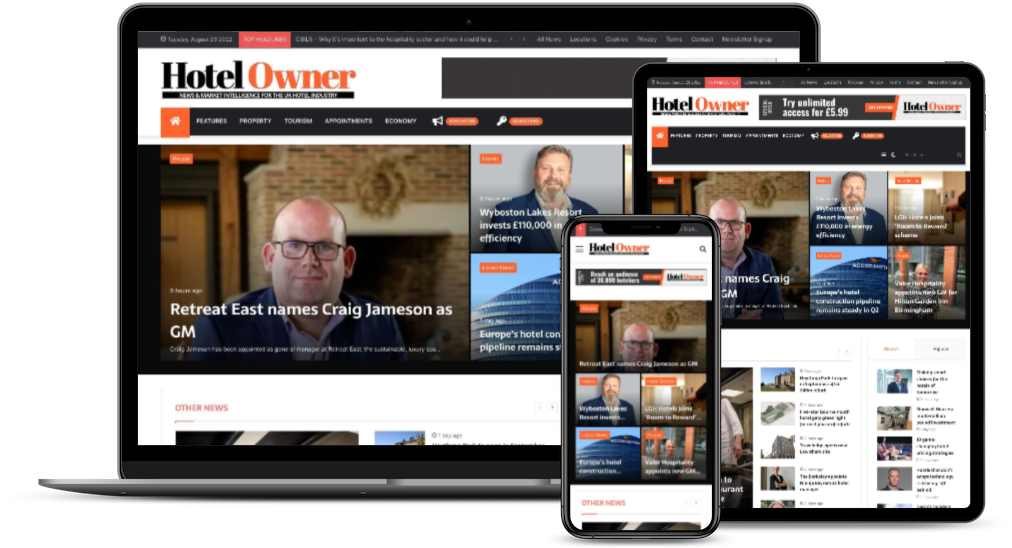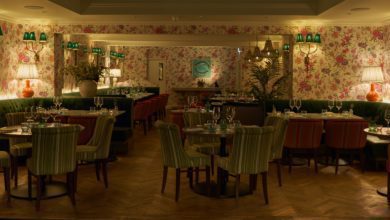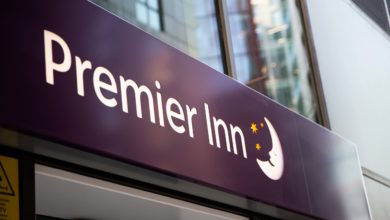
In the highly competitive world of hotels, there is no margin for error in pricing – particularly for independent and boutique properties. Whilst group hotels or large properties may be able to absorb an incorrect rate in the market – sheltered by high occupancy, quick turnaround, and neighbouring properties – independent properties are on their own.
Avoiding the pitfalls of pricing is vital for independent hotels, but building a strong revenue strategy and optimising pricing can be difficult with manual processes often dominating a revenue manager’s workload, leaving little time for strategic planning. We look at some of the most common pitfalls hotels face when pricing and how independent hotels have overcome them.
Pitfall 1: Slow reaction time
Regardless of whether you’re a stately home in the countryside or a city centre hotel, your market is constantly evolving. New competitors open or existing ones are refurbished. Guests’ habits change. Global pandemics. There are a number of things that can impact even the best-strategised selling rate.
For the revenue manager at Madrid’s four-star Hotel Santo Domingo, hours were being wasted each day combining data from multiple sources and manually inputting it to generate room rates.
The reliance on manual systems led to slow reaction times when rate changes were needed – losing money in times of high demand, and losing occupancy due to the wrong pricing strategy when demand was low.
Switching to an automated RMS enabled the hotel to boost its revenue efficiency and optimise profitability at the room-type level. Hotel Santo Domingo increased their ADR by 20%, with RevPAR up by 22% and occupancy increasing to 93%.
With information provided in easy-to-digest and customisable reports, the hotel’s revenue manager was able to focus on strategic planning and confidently price and yield based on science, not guesswork.
Pitfall 2: Failing to maximise revenue across different room categories
At the Mandeville Hotel in London, the desire to stay competitive in a crowded London market was paramount. To do this, the revenue manager sought to optimise revenue by room type.
However, responding to changes in demand for individual room categories in real-time was seemingly impossible, until the hotel installed a new RMS. “If IDeaS G3 RMS detects high demand in a certain room type, it will increase the price for that specific room type but leave [others] at the same rate. This seems obvious because this is what yielding is about, but no other system offered this functionality,” said Enrique Pacheco, Mandeville’s revenue manager.
An RMS should provide a deep understanding of the market, considering multiple options that manually would take weeks to process. Using automated intelligence, the Mandeville Hotel was able to instantly improve ADR by around three percent, increasing to five percent across all room types a year after installing IDeaS – and avoid overbooking and the need to place guests in a higher room category for free.
Pitfall 3: Assuming ‘business as usual’
Every hotel is unique. Even if you opened two identical properties right next door to each other, individual guests would find their own reasons to prefer one over the other. With constantly shifting travel patterns and guest preferences, there is never such a thing as ‘business as usual’ for hoteliers.
For independent hotels, reviewing competitor sets and the wider business landscape can be a time-consuming process, but it is essential to ensure your sales and marketing efforts are being targeted to the right audience.
At Hotel Arts in Calgary, their downtown location dominated their sales strategy, however targeting business travellers left the hotel suffering from low occupancy on weekends and an ineffective manual pricing system.
By trusting the output of an RMS, the hotel’s leadership team was able to revitalise their sales and pricing strategies, identify leisure opportunities to improve occupancy at the weekend, and better understand what really affected their bookings.
“We found that weather doesn’t impact our bookings, so I didn’t want our forecasts clouded by irrelevant data sources,” said Kyle Strachan, revenue manager. “A new system encouraged us to shift our behaviours – fighting the system would only mean we’d still be pricing the same way we always had.”
Using an automated RMS with enhanced functionality such as group pricing evaluations, last room value and minimum stay capabilities, Hotel Arts increased their occupancy to over 90% for weekends and saw 30% RevPAR uplift in the previously quiet summer weekends.
Conclusion
In today’s world of digital-savvy guests, hotels need a forward-thinking revenue strategy, the ability to react quickly to unforeseen circumstances, and to be able to quickly communicate with the wide array of sales channels they use.
As Hotel Santo Domingo’s General Manager Antonio Núñez Pardo said: “The reality is every hotel is different, so what works at one venue won’t necessarily have the same impact elsewhere. Ultimately, it’s about leveraging technology to make informed decisions for the future.”
Thankfully, hotel technology is constantly evolving, with companies such as IDeaS providing independent hotels the tools they need to compete with larger hotel brands, regardless of location, star-rating, customer mix, or business objectives.
Calculate the difference a fully automated revenue strategy could make to your hotel with the Revenue Opportunity Uplift Calculator.









